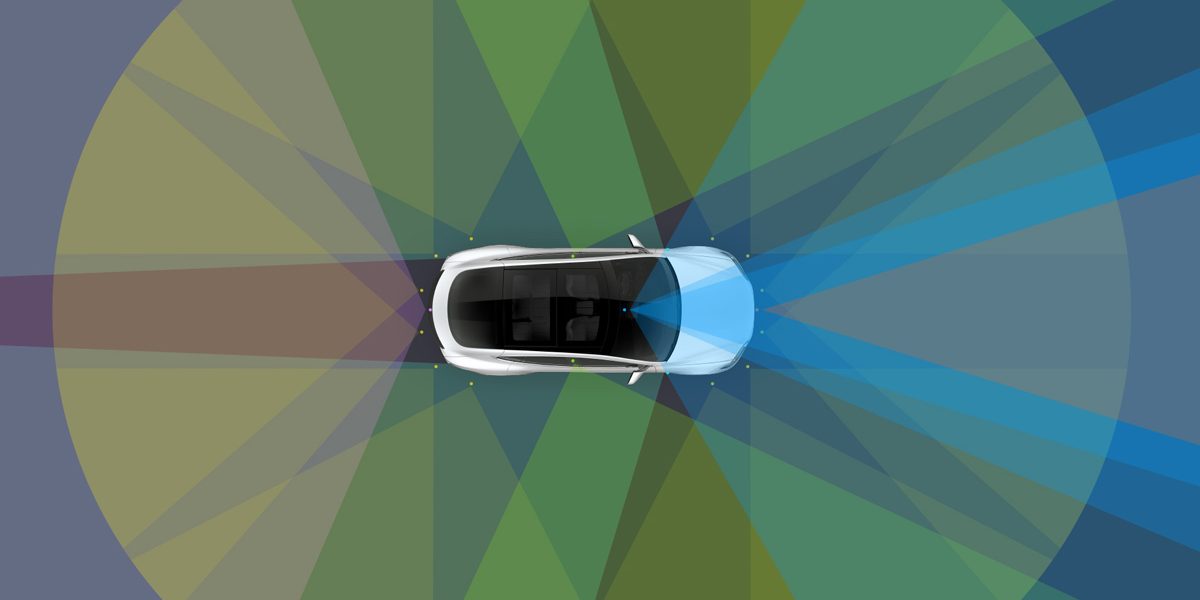
Elon Musk claims that Tesla with Autopilot engaged approaches 10 times lower chance of accident than the average car.
Here’s the data he is basing this claim on.
Since 2018, Tesla has been trying to create a benchmark for its improvement in Autopilot safety by releasing a quarterly report that compares the number of miles per accident on Autopilot versus off Autopilot.
Today, Tesla released its safety report for Q1 2021 (between January and March):
“In the 1st quarter, we registered one accident for every 4.19 million miles driven in which drivers had Autopilot engaged. For those driving without Autopilot but with our active safety features, we registered one accident for every 2.05 million miles driven. For those driving without Autopilot and without our active safety features, we registered one accident for every 978 thousand miles driven. By comparison, NHTSA’s most recent data shows that in the United States there is an automobile crash every 484,000 miles.”
When sharing the report, CEO Elon Musk claimed that the data shows that that driving with Autopilot active gives you close to 10 times lower chance of getting into an accident than in an “average vehicle”:
But that’s not an ideal way to look at this data due to the way Autopilot is being used in Tesla vehicles.
In most Tesla vehicles equipped with a version of Autopilot (1.0 to 3.0), the Autopilot features are mostly being used for highway driving and the same distinction is not being done the “average vehicle”, which is based on NHTSA’s overall crash data in the US.
Accidents are more common on city roads and undivided roads than on the highway.
Instead, it’s better to compare the data against the same metric over the same period last year to account for the weather and seasonal conditions:
- Autopilot Engaged: It is at one accident for every 4.19 million miles driven in Q1 2021, which is actually down from one every 4.68 million miles driven in Q1 2020.
- Autopilot disengaged but with active safety features: It is at one accident for every 2.05 million miles driven in Q1 2021, which is an improvement compared to one every 1.99 million miles driven in Q1 2020.
- Autopilot disengaged and without active safety features: It is at one accident for every 978,000 miles driven in Q1 2021, which is down from every 1.42 million miles driven in Q1 2020.
Electrek’s Take
Interestingly, while Elon is quick to compare the data against the average mileage between accidents for the overall vehicle fleet in the US, the likeliness of getting into of an accident on Autopilot actually went up since last year.
The data is just so incomplete, it’s not really useful yet.
I appreciate that Tesla is sharing this data, but I think this disclosure is going to have to evolve as part of Tesla’s effort to show that its Full Self-Driving package can be safer than human drivers.
Tesla has too many different versions of Autopilot, which have different capacities. You can’t really compare Autopilot 1.0 vehicles with Autopilot 3.0 with FSD computer.
I think that the most intersting thing that Tesla can release going forward, and especially with the wider release of FSD beta, is mileage between accident for vehicles with FSD beta active.
At least, it accounts for both highway and city driving. It would be interesting to see how it improves over time and how it compares with other vehicles.
FTC: We use income earning auto affiliate links. More.





Comments